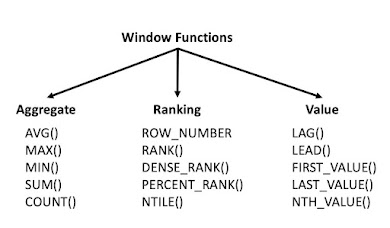DevOps
After the evolution of cloud computing, the word” DevOps” has become more popular in IT. DevOps is a set of practices and tools that improve an organization’s capacity to deliver applications and services with high speed. Previously development and operation were two different siloes. But now both are merged and formed DevOps model.
The main role of DevOps is to work across the entire application lifecycle, from development and test to deployment to operations. DevOps engineers use practices to automate processes that have been manual and slow previously.
Benefits of DevOps:
Rapid Delivery:
Increase the frequency and pace of releases so you can innovate and improve your product faster.
Reliability:
Ensure the quality of application updates and infrastructure changes. so help to keep each change is functional and safe.
Scale:
It helps you to scale your infrastructure and development process.
Security:
It is achieved through automated compliance policies and fine-grained controls.
DevOps Principles:
DevOps Principles:
Continuous Integration(CI):
In CI practice, Developers regularly merge their code changes into a central repository, after which automated builds and tests are run in order to fix bugs quicker, Improve Application quality and reduce the time for validation.
Continuous Delivery:
In CI practice, code changes are automatically built, tested, and prepared for release to production.
Infrastructure as Code:
In this practice, infrastructure is provisioned and managed using code and software development techniques, such as version control and continuous integration.
Monitoring and Logging:
Organizations monitor metrics and logs to see how application and infrastructure performance impacts the experience of their product’s end user. By capturing, categorizing, and then analyzing data and logs generated by applications and infrastructure, organizations understand how changes or updates impact users, shedding insights into the root causes of problems or unexpected changes.
Communication and Collaboration:
The use of DevOps tooling and automation of the software delivery process establishes collaboration by physically bringing together the workflows and responsibilities of development and operations.
Roles of development and operation are given in the pictures.
.png)


.jpg)

No comments:
Post a Comment